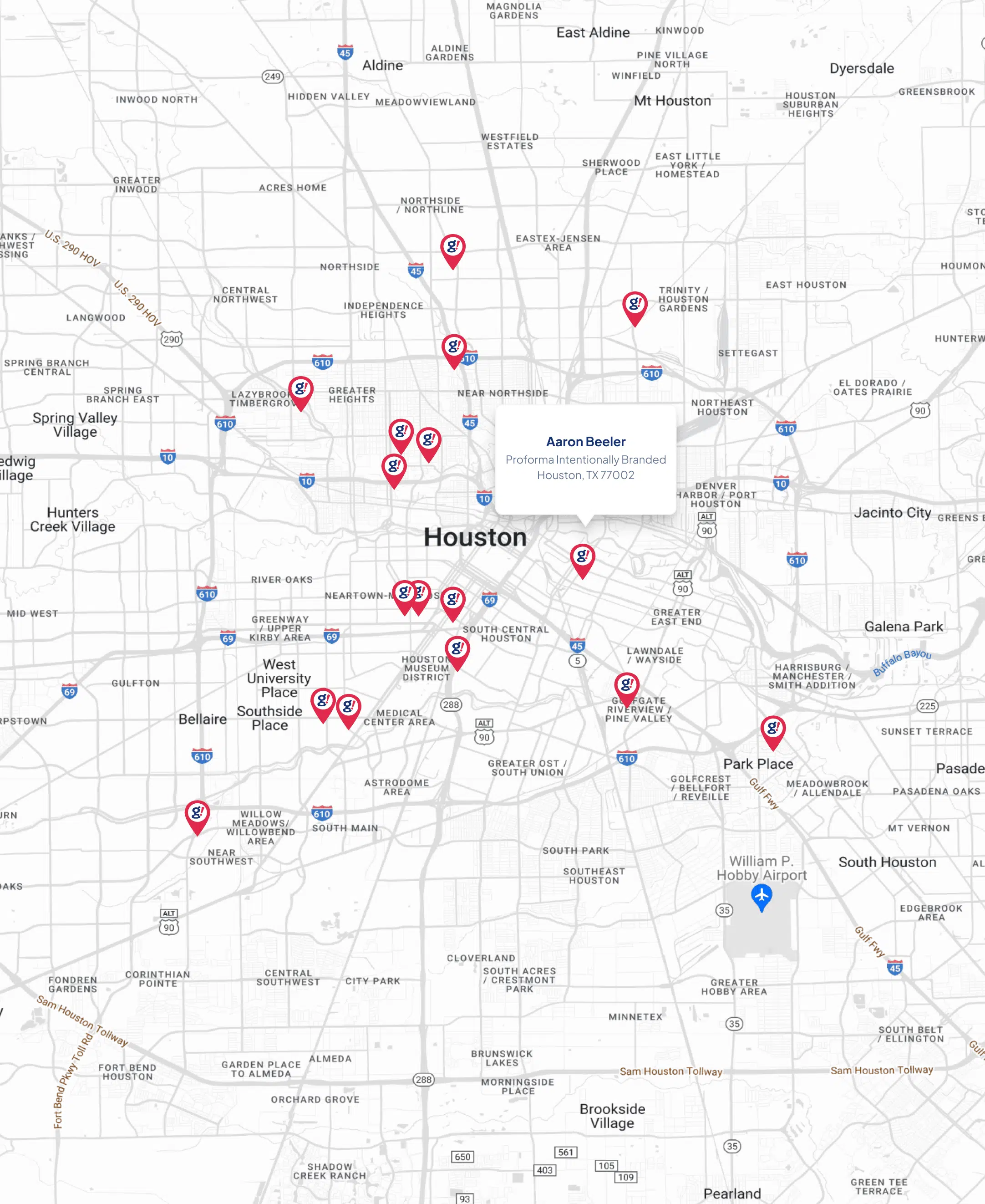In today’s fast-paced digital world, customers expect quick turnarounds, high performance, and user-friendly solutions – all delivered yesterday. For business owners investing in custom web applications, CRMs, or SaaS platforms, understanding how software is built is more than a technical curiosity – it’s a strategic advantage.
One of the most effective approaches to modern software development is Agile. In this post, we’ll break down the Agile Software Development Lifecycle (SDLC) in clear terms to help you make informed decisions about your tech projects.
What is Agile, and Why Does It Matter?
Agile is a methodology rooted in flexibility, collaboration, and continuous improvement. Unlike traditional “waterfall” models – where development flows in a linear, rigid path – Agile is iterative. That means software is built in small, manageable chunks (called sprints) with frequent reassessments and client input along the way.
For business owners, Agile means:
- Faster time to market
- Greater adaptability to change
- Ongoing visibility into the development process
- Higher-quality products due to regular testing and feedback
The Agile Software Development Lifecycle
Let’s break down each phase of the Agile SDLC to understand what happens behind the scenes:
1. Planning & Requirements Gathering
Every project starts with understanding the business goals. During this phase, the development team works closely with stakeholders to define the problem, outline the solution, and break down features into a prioritized list (called the product backlog).
🔍 Example: For a CRM, this could include contact management, sales tracking, and reporting features.
2. Design
Next, the system’s architecture and user experience are outlined. Designers and developers collaborate to create wireframes or prototypes that bring the concept to life visually – before a single line of code is written.
This ensures that functionality and user flow are aligned with your business needs and target audience.
3. Development (Sprints)
Now the real build begins—in short iterations or sprints, usually 1–2 weeks long. During each sprint, developers focus on a small set of features. By the end of a sprint, a working version of that feature is ready for review.
This iterative approach:
- Reduces risk
- Allows for early feedback
- Enables you to track real progress every step of the way
4. Testing
Testing is baked into every sprint. Quality assurance (QA) specialists perform both manual and automated testing to ensure each feature functions correctly and securely.
This frequent testing ensures that issues are caught early, when they’re easier (and cheaper) to fix.
5. Deployment
After thorough testing, the product (or an updated version) is deployed to a live or staging environment. In Agile, this doesn’t happen just once at the end – it can happen frequently, so you start seeing value early.
6. Maintenance & Iteration
Once live, the software enters a continuous cycle of monitoring, support, and enhancement. New features are added, bugs are fixed, and performance is optimized – all based on real user feedback.
Agile ensures your system stays relevant, functional, and future-proof as your business grows.
Why Agile Works for Custom Web Apps and SaaS Projects
If you’re building a complex system like a CRM or SaaS product, Agile offers the flexibility you need. It allows your project to evolve based on market needs, customer input, or internal discoveries – without blowing the budget or timeline.
Agile is not just a methodology; it’s a mindset that aligns perfectly with modern business demands.
What Makes a Good Agile Partner?
An effective Agile team doesn’t just write code – they become a strategic partner in your business. They understand your goals, communicate frequently, and adapt fast.
What sets great development teams apart is their ability to:
- Translate business ideas into scalable solutions
- Keep you involved and informed at every step
- Maintain transparency on timelines, priorities, and progress
Final Thoughts
Agile isn’t just for tech insiders. As a business owner, understanding the Agile Software Development Lifecycle helps you stay in control, reduce risk, and deliver better solutions to your customers.
Whether you’re launching a new SaaS platform or rebuilding an internal CRM, Agile development empowers you to build smarter – not just faster.







